A printed dipole antenna for a WLAN system
Wireless LAN is a technology that USES wireless technology to access Ethernet. It is the product of computer networks and wireless communication technology. Compared with wired networks, the main advantage of WLAN is that it is mobile and can access the network without cable. Wireless LAN also has some disadvantages such as signal interference.
Current wlan standards include IEEE 802.11a(5.15-5.35/5.47/5.725/5.725/5.875ghz), IEEE 802.1lb and 802.1lg(2.4-2.5ghz).
WLAN antenna is a key part of a wireless LAN communication system. Its performance directly affects the quality of wireless communication. Extensive research on WLAN Antenna has been carried out at home and abroad, and a lot of dual-band Antenna forms have been proposed, such as Dipole antenna, Planar Inverted-F Antenna, Planar Monopole Antenna, qari-Yagi Antenna and so on. These antennas are simple in structure and low in production cost, so they are very suitable for WLAN devices.
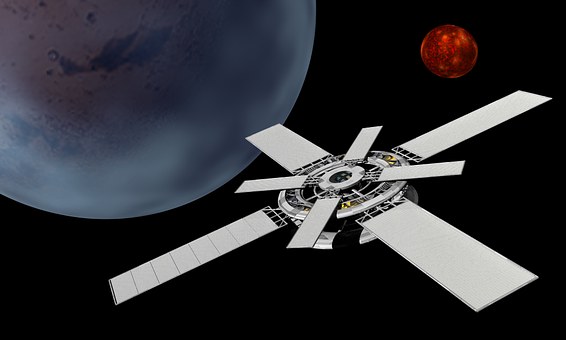
A printed dipole antenna for WLAN system is designed in this paper. It is printed on the FR4 dielectric plate with a size of 90 mm×80 mm.
1 antenna structure
The antenna is placed horizontally in the x-z plane. The gray part in figure 1 (a) is the antenna radiation part, and the white part is the medium. In figure 1 (b), the gray part is the Barron feeder and the white part is medium. The antenna consists of a dipole array, and the oscillator is printed on a dielectric plate with a relative dielectric constant of 4.4 and a thickness of 0.8 mm. The length of the dipole is related to the resonant frequency. The long oscillator corresponds to the low-frequency band and the short oscillator corresponds to the high-frequency band. Therefore, the antenna can work in the dual-frequency band of 2.4/5.8ghz. Commonly used designs use a half wavelength or a quarter wavelength as the length of the antenna.
After modeling and simulation optimization in Ansoft HFSS, the antenna structure size (unit: mm) is obtained as follows: W1=4, W2=1, W3=7.4, W4=7, Ll=49, L2=9, L3=18.5, La=15.5, Lb=5.
2 simulation results
Simulation results of antenna standing waves are shown in figure 2. The antenna resonates at 2.4ghz and 5.8ghz to realize dual-frequency operation. The low-end frequency band (standing wave <2) is 2.35 ~ 2.47 GHz with a bandwidth of about 120 MHz, covering the working frequency band of IEEE802.1lb/g.The high-end frequency band is 5.56 ~ 6.07 GHz, with a bandwidth of about 510 MHz, covering the working frequency band of IEEE 802.11a.
It can be seen from the direction diagram that the beam of the antenna in they ~ z plane has double directivity, good main polarization, and small cross-polarization.
Compared with the quasi-yagi antenna in the literature, the directional diagram has double directivity, which can meet some applications that require beam pointing.
3 conclusion
In this paper, a WLAN dual-frequency dipole printing antenna is designed. Through the simulation and optimization of the dual-frequency printing antenna, the WLAN standard working frequency band is realized. The directional diagram has certain directivity, which is suitable for applications with certain requirements on beam pointing. The antenna size is small and easy to integrate. Good performance, to meet the requirements of wireless LAN communication applications.
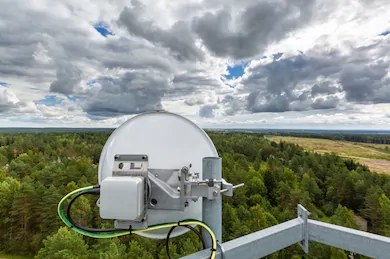
Huangjie communication GSM antenna, wifi antenna, UHF antenna, VHF antenna, TV antenna, electronic connector production line introduced Japan, Taiwan high-end production equipment, to ensure that the product has stable, excellent quality. The company’s production equipment includes injection molding equipment, metal stamping equipment, automatic assembly equipment, mold manufacturing equipment, RF stripping equipment and quality inspection equipment. We have advanced technology research and development and manufacturing capabilities, can customize products according to customer needs, and adjust and improve production efficiency. Ensure the stable, accurate delivery date and rapid sample confirmation.
From:http://www.hj-antenna.com/printed-dipole-antenna-wlan-system/



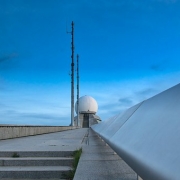
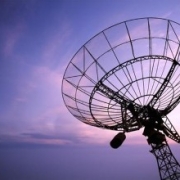
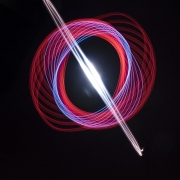
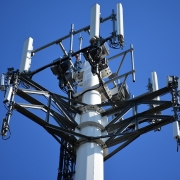



Leave a Reply
Want to join the discussion?Feel free to contribute!